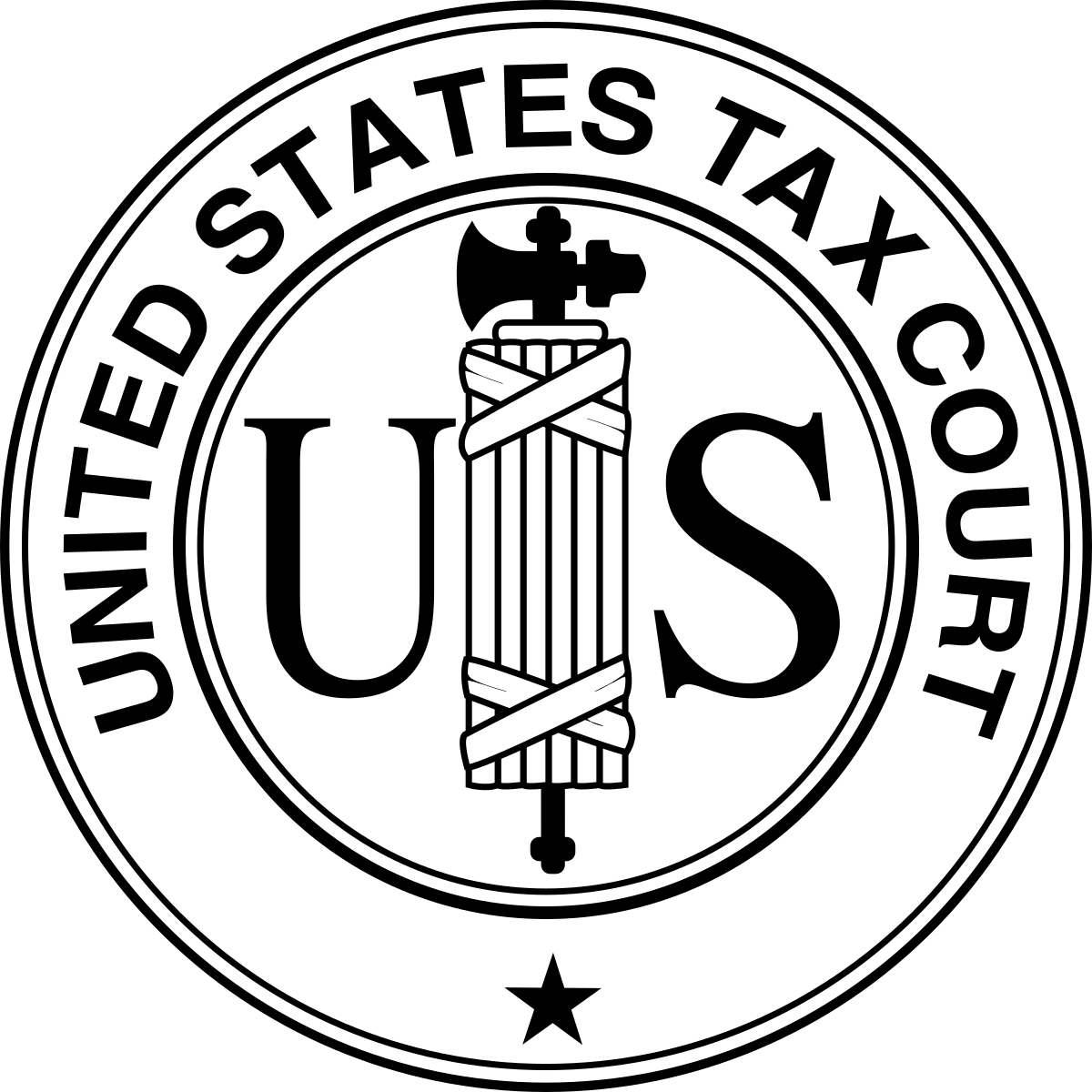 Ms. Whitlock received a large amount of money from the DeBerrys in September 2013, and returned $241,000 of it to them in October. In early 2014, Mr. DeBerry filed for bankruptcy. The trustee of his bankruptcy estate sought recovery of the 2013 transfer from Ms. Whitlock. The Fifth Circuit agreed with her that the $241,000 was not recoverable because it had already been returned to the estate before filing of the bankruptcy petition:
Ms. Whitlock received a large amount of money from the DeBerrys in September 2013, and returned $241,000 of it to them in October. In early 2014, Mr. DeBerry filed for bankruptcy. The trustee of his bankruptcy estate sought recovery of the 2013 transfer from Ms. Whitlock. The Fifth Circuit agreed with her that the $241,000 was not recoverable because it had already been returned to the estate before filing of the bankruptcy petition:
In matters of statutory interpretation, text is always the alpha. Here, it’s also the omega. Section 550(a) permits the trustee to “recover” the property. To “recover” means “[t]o get back or regain in full or in equivalence.” Obtaining a duplicate of something is not getting it back; it’s getting a windfall. Property that has already been returned cannot be “recovered” in any meaningful sense. And that principle defeats the Trustee’s claims against Ms. Whitlock. Once the fraudulently transferred property has been returned, the bankruptcy trustee cannot “recover” it again using § 550(a)
Whitlock v. Lowe, No. 18-50335 (Dec. 23, 2019) (citations omitted) (emphasis added).










